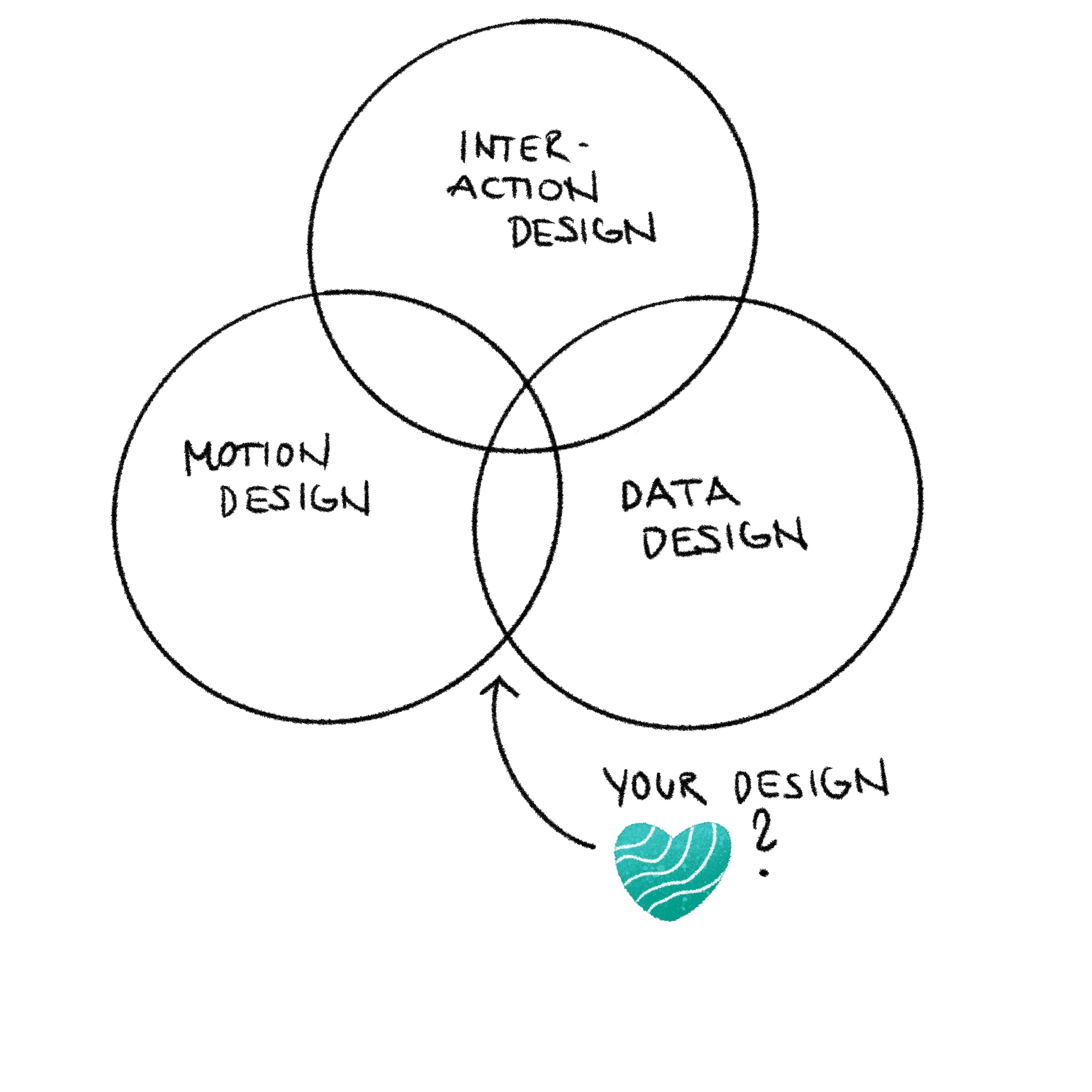Definiere deine eigenen Prinzipien.
Last Updated on October 13, 2024
Be true to yourself.

Aufgabenstellung
Motion Principles
Entwirf eine Motion Gallery und setze sie digital, mit Adobe After Effects, um. Die Idee ist, die analoge frame by frame Technik von gestern in eine computergestützte Animation zu überführen.
Endformat:
1920px x 1080px
Encoding: Vimeo h.264
Alle Principles in einem Film

Schritt 2
Finde deine animierten Elemente
Aufgabenstellung
Erstelle deine eigene Motion Gallery. Dazu gehst du folgendermassen vor:
Untersuche zuerst, wie Animation in unterschiedlichen Fachgebieten eingesetzt wird. Überlege dabei, welche Motion Principles für dich, im Data Design, sinnvoll sein könnten.
Wähle Elemente aus, die dich interessieren, dich inspirieren oder welche, die du einfach mal ausprobieren möchtest. Erstelle eine Art Setzkasten, in welchem du diese Elemente nach einem von dir gewählten System, in einer Übersicht anordnest. Halte die Form und den Inhalt deiner Motion Gallery in einer Skizze fest.
Anforderungen
- Studium der Inputs der Motion Principles 2. Investigation eigener Quellen
- Motion Gallery Konzept in skizzierter Form, inkl. Begriffsdefinition
- Skizzen von Pfaden mit Keyframes, der in der Motion Gallery animierten Einzelelemente
- Euer Konzept in einer Gruppe besprechen / reflektieren

Quotes
“Motion as communication, not decoration, has given new emphasis to clarifying information and navigation on screens. (…) here are three principles that continue to guide our thinking about data visualization and dynamic interfaces. 1. Sequence. 2. Macro / micro. 3. Transitions”
Dan Boyarski, Liberating Words from the Printed Page, Dynamic Interfaces, Seite 11Stone, R. B., & Wahlin, L. (2018). The Theory and Practice of Motion Design: Critical Perspectives and Professional Practice [Kindle iOS version]. Retrieved from Amazon.com
“Motion in a strict physical sense, is a change of position with respect to a reference system of space coordinates.”
(Kepes, 1965, p. i) Elaine Froehlich, Motion Attracts Attention, Framing the visual field, Seite 117Stone, R. B., & Wahlin, L. (2018). The Theory and Practice of Motion Design: Critical Perspectives and Professional Practice [Kindle iOS version]. Retrieved from Amazon.com



Motion Principles 2
Linkliste
Hier findet ihr weiterführende Inputs:
UX related:
https://medium.com/free-code-camp/the-principles-of-ux-choreography-69c91c2cbc2a
https://www.nngroup.com/articles/animation-purpose-ux/
https://www.designsystems.com/5-steps-for-including-motion-design-in-your-system/
Brand related, Google:
https://material.io/design/motion/understanding-motion.html#principles
https://www.wolffolins.com/case-study/uber/
Others:
https://i.pinimg.com/originals/5d/c0/32/5dc0327b106b3b8ccaeb2151e625a5fe.gif
https://www.behance.net/gallery/52256993/10-Principles-in-Motion-(UI-Animation)
Find your own:
Lasst Euch von der Linksammlung inspirieren und sucht nach weiteren Beispielen, welche für den Einsatz von Animation im Bereich des Data Designs relevant sein könnten.